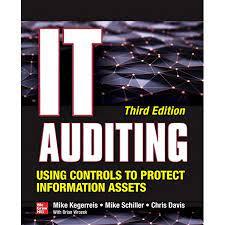Question
Q3 Compute earnings per share under different assumptions(BONUS 10 POINTS) At December 31, 2017, Millwood Corporation has 2,000 shares of $100 par value, 8% preferred
Q3 Compute earnings per share under different assumptions(BONUS 10 POINTS) At December 31, 2017, Millwood Corporation has 2,000 shares of $100 par value, 8% preferred stock outstanding and 100,000 shares of $10 par value common stock issued. Millwood's net income for the year is $241,000.
Instructions Compute the earnings per share of common stock under the following independent situations (Round to two decimals). (a) The dividend to preferred stockholders was declared. There has been no change in the number of shares of common stock outstanding during the year. (b) The dividend to preferred stockholders was not declared. The preferred stock is cumulative. Millwood held 10,000 shares of common treasury stock throughout the year. NOTE: Enter a number in cells requesting a value; enter either a number or a formula in cells with a "?" .
(a) Preferred shares outstanding Value Par Value Value Preferred dividend rate Value Total preferred dividends ?
Net income Value Less: total preferred dividends Value Income available to common stockholders ? Number of common shares outstanding Value Earnings per share ?
(b) Preferred shares outstanding Value Par Value Value Preferred dividend rate Value Total preferred dividends ?
Net income Value Less: total preferred dividends Value Income available to common stockholders ? Number of common shares outstanding Value Earnings per share ?
After you have completed the requirements of Q2, consider the additional question. Answers are on the other tab in this file. 1 Suppose dividend rate on preferred shares changed to 9%, number of treasury shares changed to 12,000, and net income changed to $250,000. Recalculate earnings per share. List your answer below :
(a) Preferred shares outstanding Value Par Value Value Preferred dividend rate Value Total preferred dividends ?
Net income Value Less: total preferred dividends Value Income available to common stockholders ? Number of common shares outstanding Value Earnings per share ?
(b) Preferred shares outstanding Value Par Value Value Preferred dividend rate Value Total preferred dividends ?
Net income Value Less: total preferred dividends Value Income available to common stockholders ? Number of common shares outstanding Value Earnings per share ?
Step by Step Solution
There are 3 Steps involved in it
Step: 1

Get Instant Access to Expert-Tailored Solutions
See step-by-step solutions with expert insights and AI powered tools for academic success
Step: 2

Step: 3

Ace Your Homework with AI
Get the answers you need in no time with our AI-driven, step-by-step assistance
Get Started


